Scotland Distilleries Recap Part 1
- On July 30, 2019
The first distillery we visited was Balvenie in Speyside. It’s a great distillery for tours as they take you in small groups and initiate you on every aspect in the Scotch whisky production line. First, we saw the cooperage.
They were the only distillery we saw with coopers, or barrel makers, on sight. Just about all Scotch whisky is aged in used American bourbon barrels because, by law, bourbon must be aged in new, charred barrels. This has created a glutton of used bourbon barrels and Scotland happily takes them off our hands. The coopers at Balvenie take those barrels and refurbish them as needed: replacing staves and heads, testing them for leaks, and retightening the hoops. There are 4 master coopers, each with their own apprentice.
Outside the cooperage were mountains of barrels waiting for the new make spirit. It is great to think that each barrel had been touched and tested for durability by one of the workers inside.
Next, we saw the malt room and malt floor. Balvenie is one of only a few distilleries with a working malt floor. However, Balvenie malts only a small percentage of their barley on-site as the demand for spirit greatly outpaces their ability to harvest and produce malted barley.
Of note was a pile of barley grown on their own farms to be made into the coveted Peat Week whisky, a favorite that we got to try and on Zipps shelves for $89.99. For aging, Balvenie had a handful of warehouses on their distillery site, with more in the surrounding areas. Finally, their gift shop was small and unassuming, especially in comparison to most of the other distilleries we visited, something we found a little odd considering the prevalence and mass acclaim for Balvenie whiskeys.
The Glenmorangie Distillery was next in the coastal highlands, owned by Louis Vuitton Moet Hennessy (LVMH), a large French company. Immediately, the size and money were felt in the visitor center with carpeted floors, whiskeys lining the walls, and tons of extra non-whiskey merchandise. It felt very wine tasting room like. However, Glenmorangie is one of the top-producing distilleries in terms of volume at 6 million liters of whiskey per year.
They also boast the highest stills in Scotland, as “high as giraffes,” they said, with 6 huge pot stills operating around the clock. And yes, they sold stuffed giraffes in the visitor center. Unfortunately, they did not allow pictures inside their facilities for insurance reasons. Of note, their 10-year bottling is a blend of 1st fill and 2nd fill bourbon barrels, aged at many locations throughout Scotland. While this seems odd, it is also for insurance reasons in case of fire or malicious weather that can tear down warehouses. Glenmorangie was under construction, creating another building for experimental whiskey and probably increased production, a trend we saw at every distillery from that point forward.
The Clynelish distillery is just 30 minutes north, yet produces a vastly different spirit. Their distillery visitor center was the meekest and least assuming, while also under construction. The current distillery was built in the late 60’s, new for Scotland, and had modern equipment, computers, and few actual workers. They couldn’t quite explain their house’s wax-like texture that the distillery is known for, but it is most likely a by-product of their unique pot still shape. They also age their whisky off site for insurance reasons.
After the new distillery was built, the old distillery campus across the street was used to make a highly peated Highland whisky. At the time Caol Ila on Islay was having shortage issues producing for the Johnnie Walker blends, so the facility at Brora was used to fill that gap. After 1973, the whisky produced was lightly peated, and in 1983 the old distillery was shut down. The old whiskeys from the distillery have drawn some of the highest prices and rave reviews. Recently, Diageo, one of the world’s largest liquor companies and owners of Clynelish, Caol Ila, Lagavulin, Johnnie Walker, and so much more, announced they were reviving the distillery, to be opened in 2020.


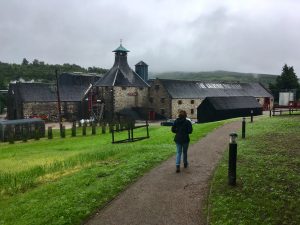
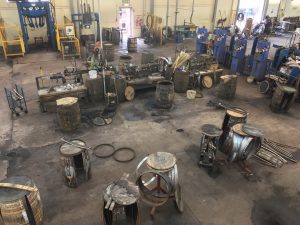
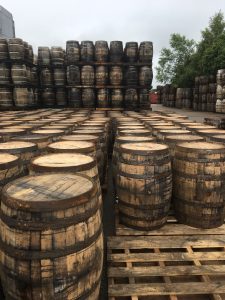
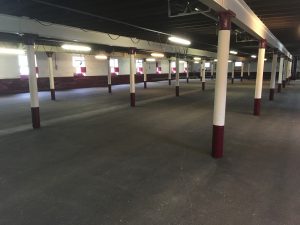
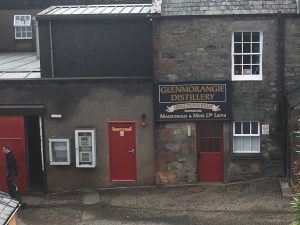
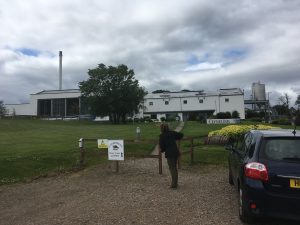
0 Comments